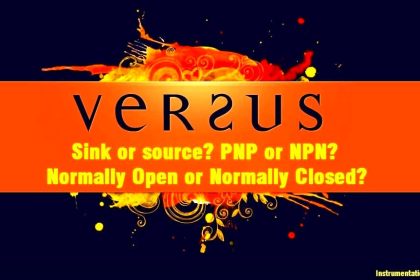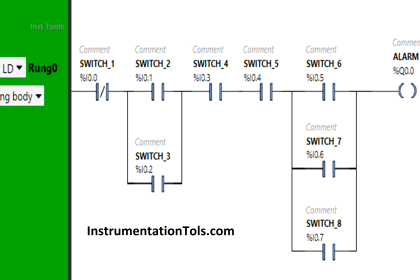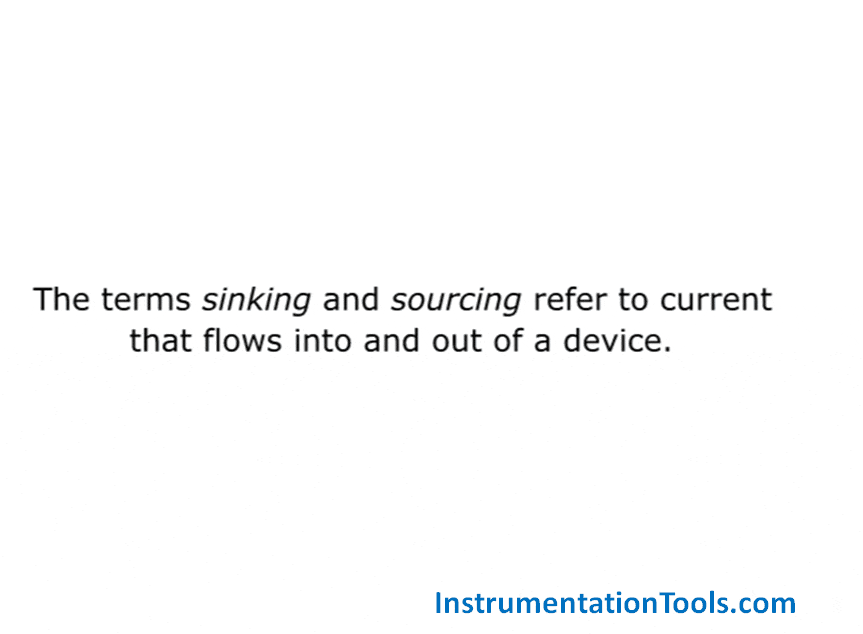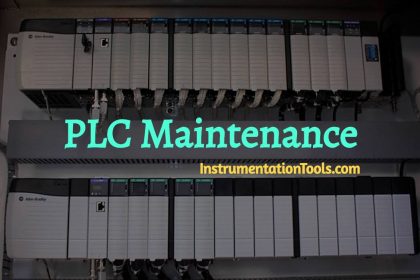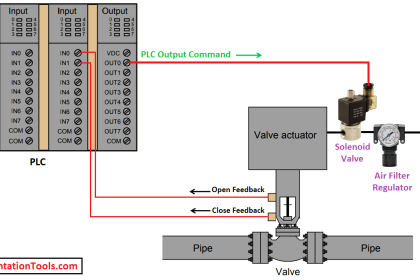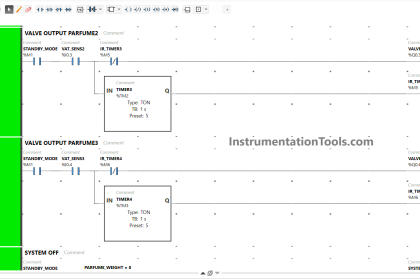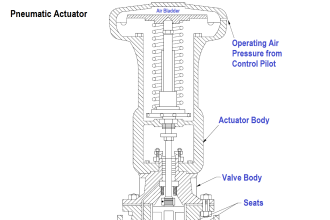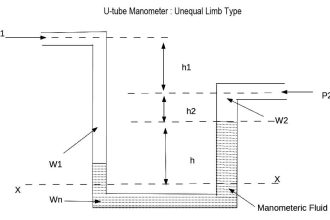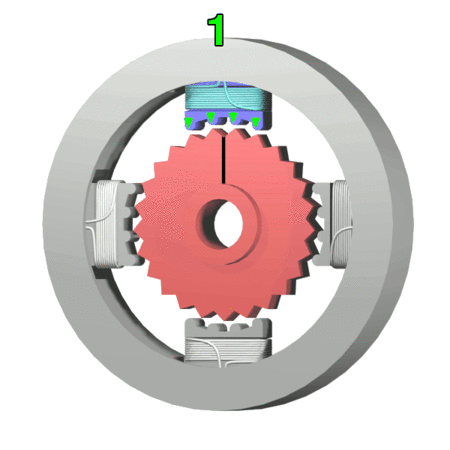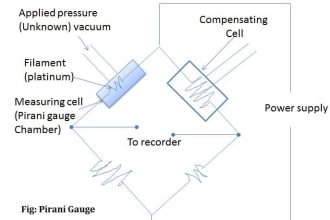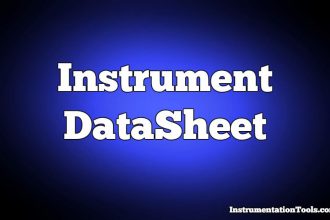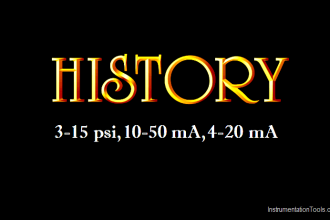SCADA is an acronym that stands for Supervisory Control and Data Acquisition. SCADA refers to a system that collects data from various sensors at a factory, plant or in other remote locations and then sends this data to a central computer which then manages and controls the data.
SCADA systems are used not only in industrial processes: e.g. steel making, power generation (conventional and nuclear) and distribution, chemistry, but also in some experimental facilities such as nuclear fusion. The size of such plants range from a few 1000 to several 10 thousands input/output (I/O) channels. However, SCADA systems evolve rapidly and are now penetrating the market of plants with a number of I/O channels.
Definition of SCADA
A collection of equipment that will provide an operator at remote location with enough information to determine the status of a particular piece of a equipment or entire substation and cause actions to take place regarding the equipment or network.
What is SCADA?
How : By collecting Information from plant / Load center bend reducing it to the EMS (Power systems in electrical).
Where : Control Centre. Both at Plant and Load
Why : To gather Information as here (voltage, current, frequency, power, circuit breaker status) and To perform online actions.
SCADA systems are used to monitor or to control chemical or transport processes in municipal water supply systems, to control electric power generation, transmission and distribution, gas and oil pipelines, and other distributed processes. Supervisory control and data Acquisition (SCADA) achieves this requirement collecting reliable field data through remote terminal units (RTUs) Intelligent Electric Devices (IEDs) and presenting them to user requirement.
The user interface or the man machine interface (MMI) provides various options of data presentation according to specific application and user needs. There are many parts of a working SCADA system.
SCADA Graphics
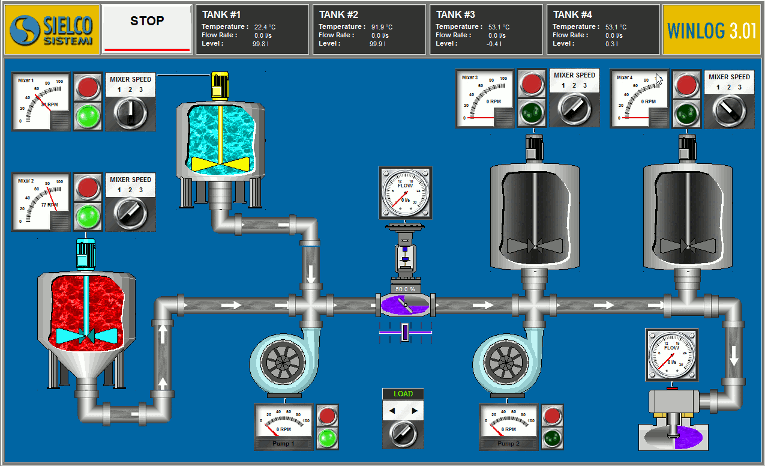
Image courtesy : sielcosistemi
A SCADA system usually includes signal hardware (input and output), controllers, networks, Human Machine interface (HMI), communications equipment and software. All together, the term SCADA refers to the entire central system. The central system usually monitors data from various sensors that are either in close proximity or off site.
An industrial measurement and control system consisting of a central host or master (usually called a master station, master terminal unit or MTU); one or more field data gathering and control units or remotes (usually called remote stations, remote terminal units, or RTU’s); and a collection of standard and/or custom software used to monitor and control remotely located field data elements. Contemporary SCADA systems exhibit predominantly open-loop control characteristics and utilize predominantly long distance communications, although some elements of closed-loop control
SCADA is an acronym that stands for Supervisory Control and Data Acquisition. SCADA refers to a system that collects data from various sensors at a factory, plant or in other remote locations and then sends this data to a central computer which then manages and controls the data.
SCADA systems are used not only in industrial processes: e.g. steel making, power generation (conventional and nuclear) and distribution, chemistry, but also in some experimental facilities such as nuclear fusion. The size of such plants range from a few 1000 to several 10 thousands input/output (I/O) channels.
Systems similar to SCADA systems are routinely seen in factories, treatment plants etc. These are often referred to as Distributed Control Systems (DCS). They have similar functions to SCADA systems, but the field data gathering or control units are usually located within a more confined area. Communications may be via a local area network (LAN), and will normally be reliable and high speed.
A DCS system usually employs significant amounts of closed loop control. SCADA systems on the other hand generally cover larger geographic areas, and rely on a variety of communications systems that are normally less reliable than a LAN. Closed loop control in this situation is less desirable.
SCADA generally comes under the branch of Instrumentation Engineering. The term SCADA stands for Supervisory Control And Data Acquisition. SCADA systems are used for controlling and monitoring chemical or transport processes and can be used in a factory environment such as electric power generation, water supply systems, gas and oil pipelines or any other distributed processes.
A typical SCADA system comprises of i/o signal hardware, controllers, software, networks and communication. SCADA system is normally used to monitor and control a remote site or a distribution that is spread out for a long distance. An RTU (Remote Terminal Unit) or a PLC (Programmable Logic Controller) is usually used to control a site automatically. The SCADA system also provides a host control functions for the supervisor to control and define settings.
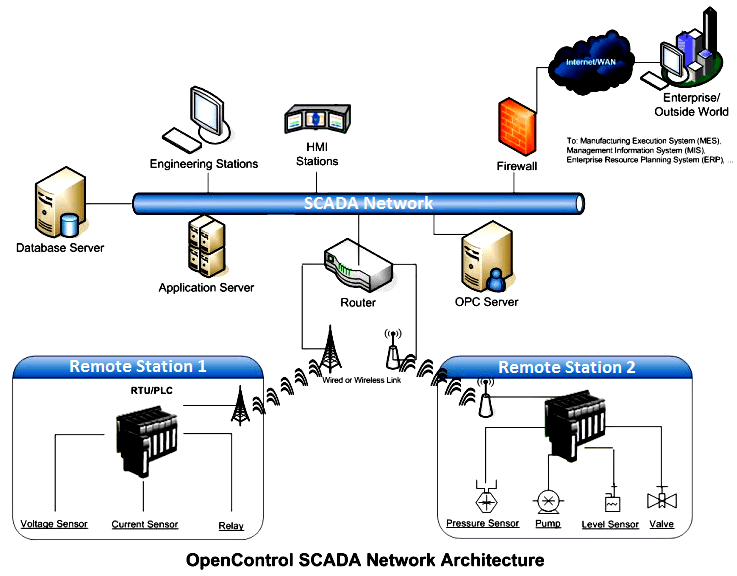
For example, in a SCADA system a PLC can be used to control the flow of cooling water as part of an industrial process. At the same time the supervisor can use the Host control function to set the temperature for the flow of water. It can also have alarms and can record the flow of water temperature and report back to the SCADA system.
The RTUs and PLCs are responsible for data collection such as meter readings, equipment status etc and communicate back to the SCADA system. This data can be stored in a database for later analysis or monitored by a supervisor to take appropriate actions if required.
SCADA systems typically implement a distributed database, commonly referred to as a tag database, which contains data elements called tags or points. A point represents a single input or output value monitored or controlled by the system. Points can be either “hard” or “soft”.
A hard point is representative of an actual input or output connected to the system, while a soft point represents the result of logic and math operations applied to other hard and soft points. Most implementations conceptually remove this distinction by making every property a “soft” point (expression) that can equal a single “hard” point in the simplest case.
Point values are normally stored as value-timestamp combinations; the value and the timestamp when the value was recorded or calculated. A series of value-timestamp combinations is the history of that point. It’s also common to store additional metadata with tags such as: path to field device and PLC register, design time comments, and even alarming information.
If you liked this article, then please subscribe to our YouTube Channel for PLC and SCADA video tutorials.
You can also follow us on Facebook and Twitter to receive daily updates.
Read Next:
What is SCADA ? How SCADA Works ?

